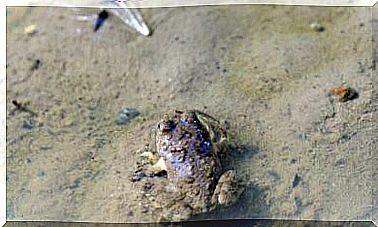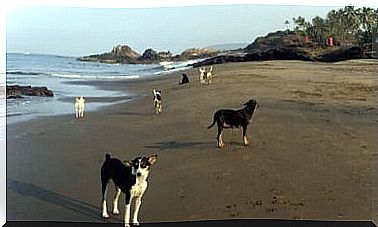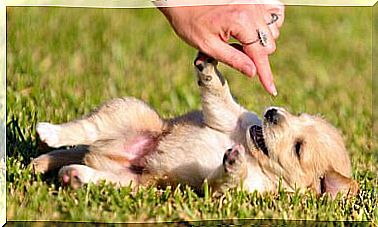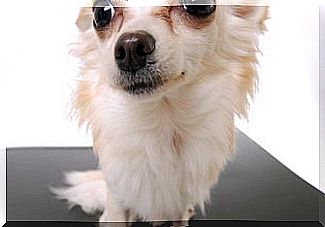What If My Dog has Cancer?
The data is overwhelming: approximately half of dogs over the age of ten are at risk of developing cancer, a serious disease that can be detected in time by palpating the animal’s body.
Knowing the variables that increase the risk of cancer in dogs , learning to feel it to detect possible tumors and recognizing a sick dog are the first steps to start treatment as soon as possible, before a serious manifestation of this disease.
Risk Factors for Cancer in Dogs
Most often, cancer arises in a single cell, which will undergo genetic mutations. However, while it’s not clear why this disease occurs, there are some risk factors you need to know about:
- It is not usual for tumors to appear in puppies and young dogs. It is normal for a higher number of cancer cases to be registered in middle-aged or old-age dogs.
- Not all races have the same predisposition and vulnerability to suffer from cancer. In some cases, the risk is much higher, such as the Boxer, the German Shepherd dog, the Scottish Terrier (Scottish Terrier) and the Golden Retriever.
- Female dogs tend to be more prone to cancer due to tumors in their breasts.
- Size can also be a determining factor. Some bone tumors are more common in dogs over 20 kilos, in breeds considered large.
- The s genetic factors are also important . Because of their genetic heritage, there are dogs with a potential risk of developing some diseases, such as cancer.
diagnosis in time
Visit the veterinarian frequently and take the necessary exams. These tests are very important tools to detect lumps or lumps that can be important signs of cancer in our pet. If we detect these signs at home, your veterinarian should be notified immediately.
Therefore, groping the dog every day is one of the best ways to detect abnormal nodules. You can enjoy brushing, playing, bathing or simply caressing him. Pressure with your fingers on different areas such as the groin, stomach, abdomen and neck will be enough to find signs of something abnormal.
Some signs that a dog is sick
- As we have already seen, some abnormal nodules that are permanent, or rather, that will grow and evolve.
- The existence of wounds and ulcers that are difficult to heal.
- Progressive and evident loss of appetite and weight , as well as difficulty in eating and swallowing.
- Bleeding, sores, lameness and stiffness in the fore and hind legs.
- Problems with breathing, urinating or defecating.
Cancer Treatments in Dogs
For the different treatment options to be more effective, it is essential that the diagnosis is made in time.
It is normal for owners to ask if it is an irreversible process, if the animal will bear the pain and how long it can live or until euthanasia is achieved.
There are treatments that delay the process of deteriorating health and relieve pain, with analgesics such as morphine, which help to improve the quality of life of a sick dog suffering from a serious illness such as cancer.
Chemotherapy is also very advanced . Its effectiveness can be compared to its application in humans. The process can take from a few days to up to 18 months, depending on the animal’s diagnosis.
euthanasia
The fateful time of a difficult decision can come. If the dog with cancer deteriorates due to the evolution of the disease, it is normal that euthanasia will be necessary. Owners will be responsible for choosing the moment when they will no longer be able to continue with their sick dog, because the situation implies a heavy strain and suffering for the whole family.
Although cancer can be slightly lethal, in its early stages of development and when a treatment is applied, there are certain symptoms that indicate that the dog suffers, has no quality of life and that its life span will be short. If our pet has stopped eating, does not walk and does his needs on his own, we must not forget that the first thing to do is to avoid his suffering.








